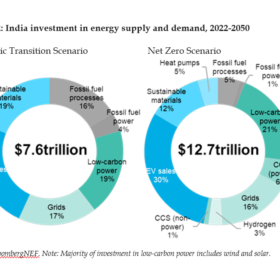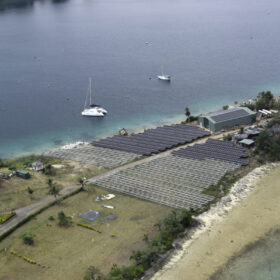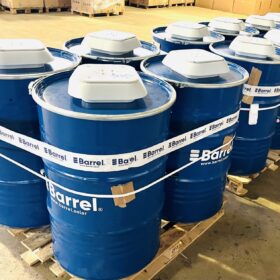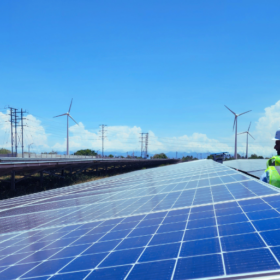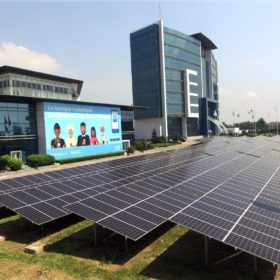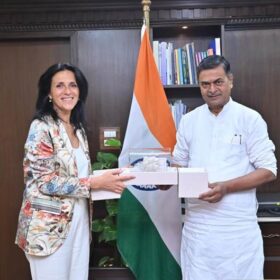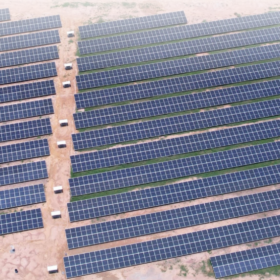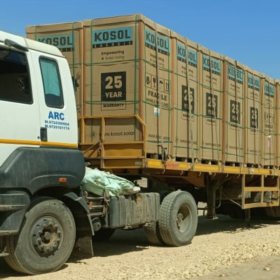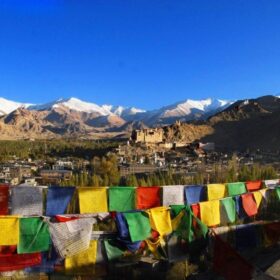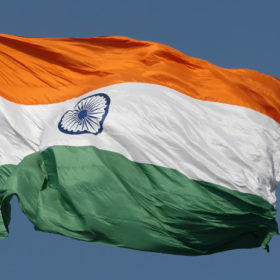India’s transition to net-zero emissions presents $12.7 trillion investment opportunity
India’s energy system requires investments totaling $12.7 trillion between 2022 and 2050 to reach net-zero emissions by mid-century.
KiloVault introduces solar-ready DIY off-grid battery
KiloVault has developed a solar-ready, do-it-yourself (DIY) offgrid battery, with sizes ranging from 4.3 kWh to 27.6 kWh. It comes equipped with a pre-wired, single-phase AC inverter and the ability to directly accommodate electrical loads.
Driving renewable energy adoption: Challenges and opportunities
India’s robust economic growth translates to rising demand for energy. This demand provides a substantial market for renewable energy investments, encouraging firms to venture into this sector. However, as the nation marches ahead in RE adoption, it needs to overcome challenges like high capital costs and inadequate grid infrastructure.
Solar-powered islands? The story of Diu and T’au
The solar-powered islands of Diu and T’au have set an example for other such land masses to meet their power requirements through green energy.
Financing implementation of solar energy solutions in the Pacific Island countries
The International Solar Alliance said that securing financing for renewable energy projects in Pacific Island Countries (PIC) may be complex due to the need for stand-alone solar energy systems and mini-grids, which to be viable for larger investments would require aggregation at a sectoral or programmatic level to become feasible. In its monthly column for pv magazine, the organization describes the types of finance required to scale technologies.
Italian startup offers solar kits packed in barrels
Italy’s Barrel claims that solar kits packed in barrels are ideal for remote areas and conflict zones. Its standard packages consist of 6 kW solar modules, 5.6 kW single-phase hybrid inverters, and 3.55 kWh lithium batteries.
IFSCA and Climate Policy Initiative sign MoU on sustainable finance
The International Financial Services Centres Authority (IFSCA) and Climate Policy Initiative – India (CPI) have signed a Memorandum of Understanding to support the mobilization of sustainable finance in India.
Africa50 signs MoU with International Solar Alliance to support PV projects across Africa
Africa50 and International Solar Alliance (ISA) will leverage each other’s networks to mobilize funding and raise awareness of African solar projects in European and Indian markets.
11,000 residents in Nepal’s Madhesh province gain access to clean water through solar energy
Solar-powered water pumps with a total capacity of 186 kWp have been installed in the Sarlahi and Siraha districts, benefitting 11,865 residents. The projects are a collaborative effort of Nepal’s Alternative Energy Promotion Centre (AEPC), the Government of Japan, and the United Nations Development Programme (UNDP).
India, France discuss ISA priorities for accelerating global energy transition
In a meeting with the French delegation, India’s power minister emphasized the role of insurance for renewable energy projects, payment security mechanism, and debt financing in attracting investment into renewable energy.
